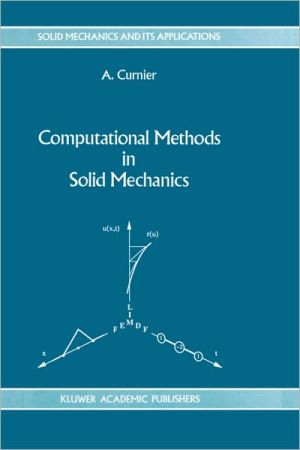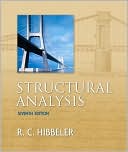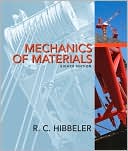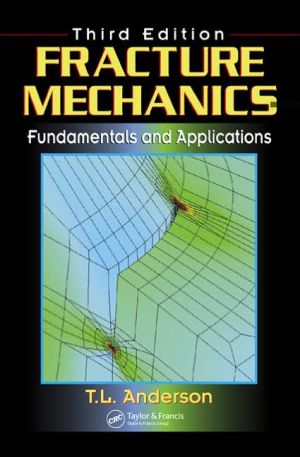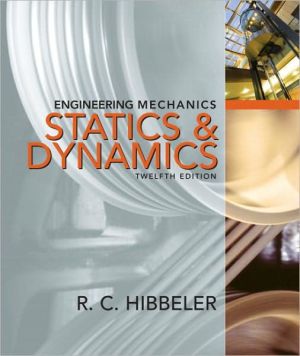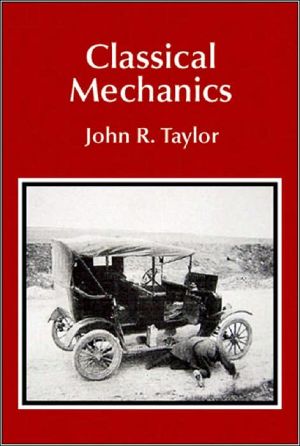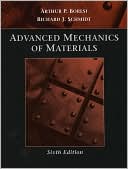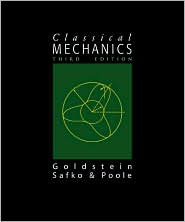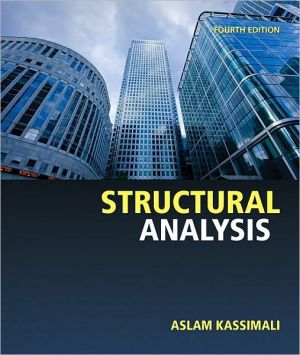Computational Methods In Solid Mechanics
This volume presents an introduction to the three numerical methods most commonly used in the mechanical analysis of deformable solids, viz. the finite element method (FEM), the linear iteration method (LIM), and the finite difference method (FDM). The book has been written from the point of view of simplicity and unity; its originality lies in the comparable emphasis given to the spatial, temporal and nonlinear dimensions of problem solving. This leads to a neat global algorithm.\ Chapter 1...
Search in google:
This volume presents an introduction to the three numerical methods most commonly used in the mechanical analysis of deformable solids, viz. the finite element method (FEM), the linear iteration method (LIM), and the finite difference method (FDM). The book has been written from the point of view of simplicity and unity; its originality lies in the comparable emphasis given to the spatial, temporal and nonlinear dimensions of problem solving. This leads to a neat global algorithm. Chapter 1 addresses the problem of a one-dimensional bar, with emphasis being given to the virtual work principle. Chapters 2—4 present the three numerical methods. Although the discussion relates to a one-dimensional model, the formalism used is extendable to two-dimensional situations. Chapter 5 is devoted to a detailed discussion of the compact combination of the three methods, and contains several sections concerning their computer implementation. Finally, Chapter 6 gives a generalization to two and three dimensions of both the mechanical and numerical aspects. For graduate students and researchers whose work involves the theory and application of computational solid mechanics.
Introduction1Ch. 1One-Dimensional Bar Model Problem (Principle of Virtual Work)5Ch. 2Spatial Discretisation by the Finite Element Method55Ch. 3Solution of Non-Linearities by the Linear Iteration Method119Ch. 4Time Integration by the Finite Difference Method183Ch. 5Compact Combination of the Finite Element, Linear Iteration and Finite Difference Methods231Ch. 6Two- and Three-Dimensional Deformable Solids267Conclusion349Bibliography350Appendix A: List of Symbols351Appendix B: Exercises361Index393
